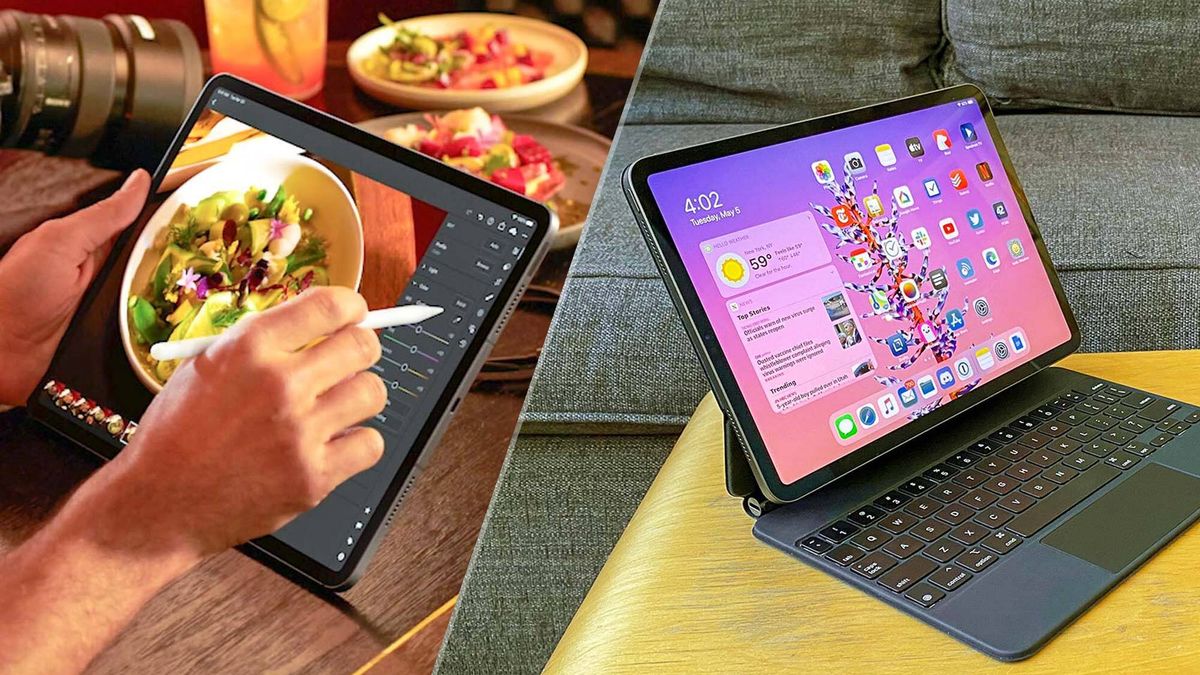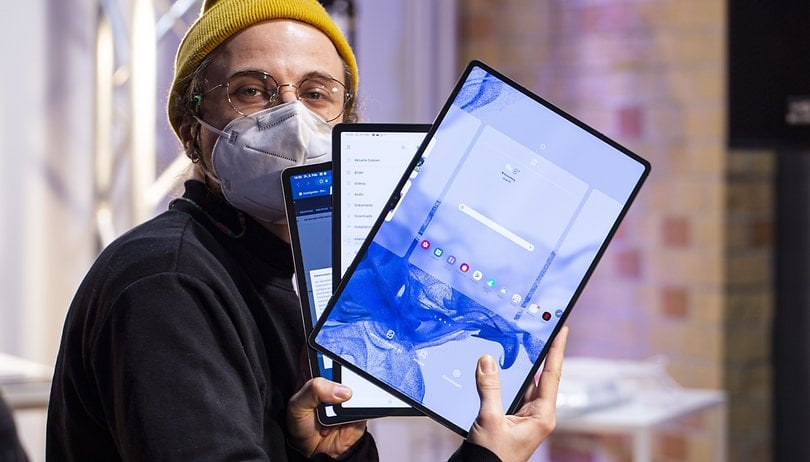
Are you in the market for a new tablet but unsure whether to go for an Apple iPad or an Android tablet? With so many options available, it can be challenging to decide which one suits your needs and preferences. In this article, we will compare Apple and Android tablets to help you make an informed decision. From design and operating system to app availability and user experience, we’ll explore various aspects to determine which tablet is the right fit for you.
Tablets have become increasingly popular over the years, offering a portable and versatile computing experience. Apple and Android are the leading players in the tablet market, each with its own strengths and weaknesses. Let’s delve into the details and compare the key aspects of Apple and Android tablets to help you decide which one aligns better with your needs.
Design and Build Quality

When it comes to design and build quality, both Apple and Android tablets offer sleek and modern aesthetics. Apple iPads are renowned for their premium build materials, elegant designs, and attention to detail. On the other hand, Android tablets come in various designs from different manufacturers, providing more options in terms of size, form factor, and overall appearance.
Operating System

One of the fundamental differences between Apple and Android tablets lies in their operating systems. Apple iPads run on iOS, a closed-source operating system exclusive to Apple devices. iOS offers a user-friendly interface, seamless integration with other Apple devices, and optimized performance. Android tablets, on the other hand, utilize the Android operating system, which is open-source and allows for more customization and flexibility.
App Availability

The availability of apps can greatly influence the tablet experience. Apple’s App Store boasts a vast selection of high-quality tablet-optimized apps that are meticulously curated by Apple. Many popular apps often debut on iOS before Android, ensuring early access to the latest software innovations. While Android’s Google Play Store also offers a wide range of apps, some may be better optimized for smartphones rather than tablets.
User Experience

User experience plays a crucial role in determining the overall satisfaction with a tablet. Apple iPads provide a seamless and intuitive user experience, thanks to the tight integration between hardware and software. The iOS interface is clean, user-friendly, and offers a consistent experience across different Apple devices. Android tablets offer a more customizable experience, allowing users to personalize their devices to a greater extent.
Performance and Power
Both Apple and Android tablets offer powerful hardware, but Apple’s custom-designed processors, such as the A-series chips, have set a benchmark for performance in the tablet market. Apple’s hardware and software integration further optimize the overall performance, resulting in smooth multitasking, fast app launches, and fluid navigation. Android tablets, on the other hand, come with a variety of processors from different manufacturers, and performance may vary depending on the device.
Customization Options

If you value customization and personalization, Android tablets offer more freedom in this regard. Android’s open-source nature allows users to customize the user interface, install third-party launchers, and access system-level settings. Apple iPads, while limited in terms of customization, provide a more streamlined and uniform experience across their devices.
Productivity and Multitasking

Tablets are often used for productivity purposes, such as document editing, multitasking, and note-taking. Apple iPads excel in this area with features like split-screen multitasking, Apple Pencil support, and a wide range of productivity apps optimized for the iPad. Android tablets also offer productivity features and support for third-party accessories, but the overall experience may vary depending on the device and manufacturer.
Entertainment and Media

Whether you enjoy streaming movies, playing games, or reading eBooks, both Apple and Android tablets provide a rich multimedia experience. Apple iPads offer access to a vast library of movies, TV shows, and music through iTunes and Apple Music. Android tablets provide access to various media apps and services through the Google Play Store, including popular streaming platforms and eBook readers.
Security and Privacy
Security and privacy are paramount when it comes to personal devices. Apple has a strong reputation for prioritizing security and encryption, with regular software updates and a strict app review process. Android tablets also offer robust security measures, including built-in malware protection and app sandboxing. However, the fragmented nature of the Android ecosystem can sometimes lead to delayed software updates and potential security vulnerabilities.
Integration with Ecosystem

If you already own other Apple or Android devices, integration with your existing ecosystem can be a crucial factor. Apple iPads seamlessly integrate with other Apple devices, allowing for features like Handoff, iCloud synchronization, and AirPlay. Android tablets offer integration with the wider Android ecosystem, enabling synchronization of apps, settings, and content across multiple devices.
Customer Support

Customer support is another aspect to consider, as it can greatly impact your experience if you encounter any issues with your tablet. Apple provides comprehensive customer support through its Apple Stores, online resources, and Apple Care warranty programs. Android tablets are supported by various manufacturers, each with its own customer support channels, which may vary in terms of availability and quality.
Summary
Choosing between an Apple iPad and an Android tablet ultimately depends on your specific needs, preferences, and budget. Apple iPads offer a premium user experience, seamless integration with other Apple devices, and a vast selection of optimized apps. Android tablets provide more customization options, a wider range of price points, and flexibility in terms of device options. Consider your priorities, such as design, operating system, app availability, and overall user experience, to make the best decision for your tablet needs.